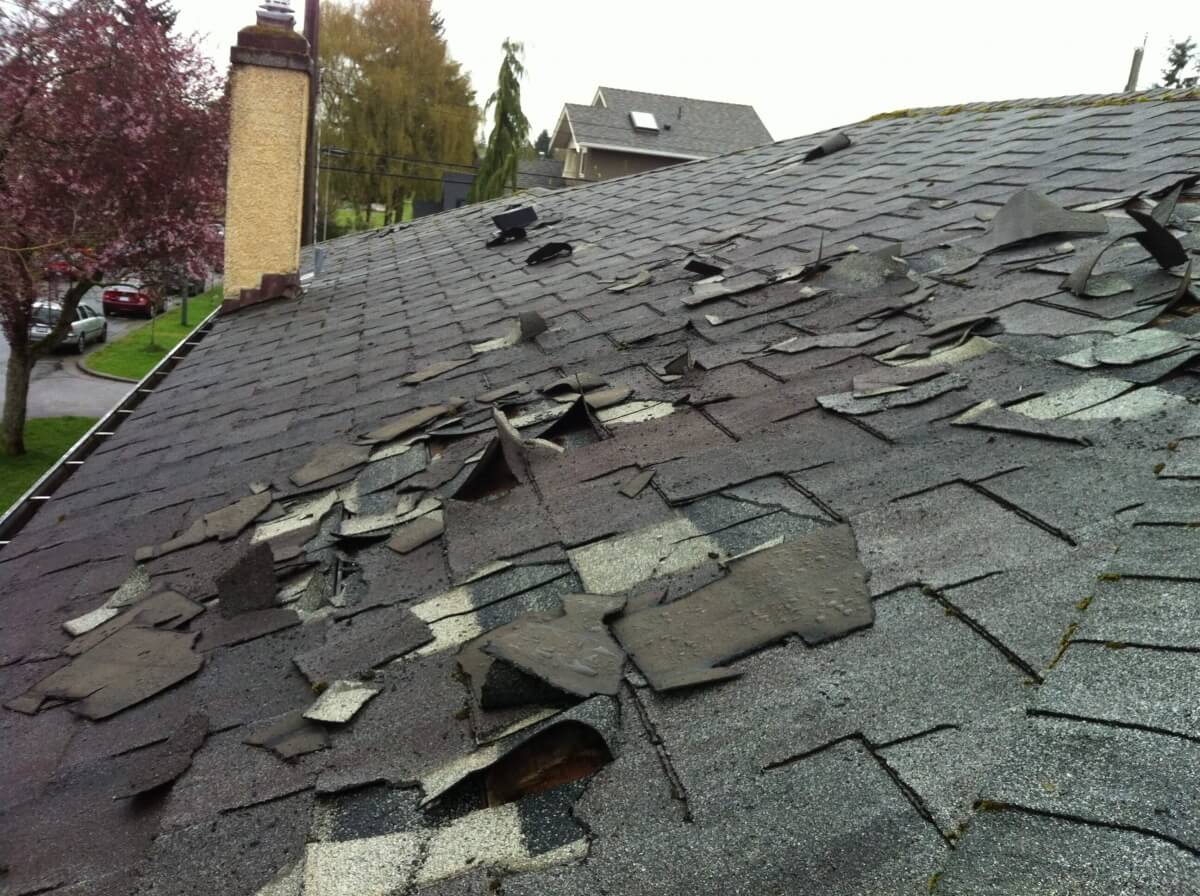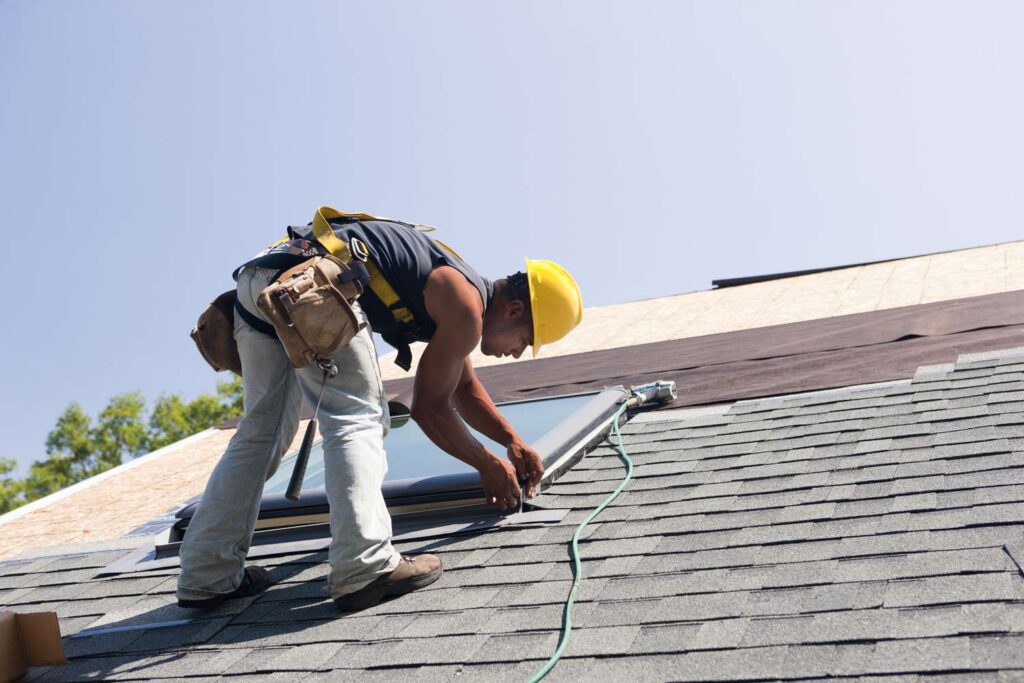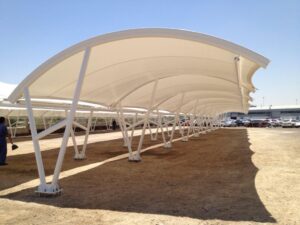The roof is one of the most important parts of your property. It protects everything inside from wind, rain, snow, and heat. Many people forget to check their roofs until there is a problem. As a result, leaks, cracks, or missing shingles become big issues. Taking care of your roof in all seasons can help you avoid costly repairs.
Some places in the world have all four seasons. Bowling Green is one of these places. It sees hot summers, cold winters, rainy springs, and autumn. Roofs in such areas face different challenges in each season. Therefore, you should opt for regular roof inspection in Bowling Green to identify issues early and fix them.
In this article, we’ll tell you how every season affects your roof with different problems.
Winter Problems
Ice Dams
When snow falls and then melts a little, it can freeze again at the edge of your roof. This frozen buildup is called an ice dam. Ice dams stop melted water from running off your roof. The water gets stuck and can leak into your home. This may cause stains on the ceiling, wet walls, or even mold.
Ice dams are a big problem in cold places. You should remove snow quickly or install heated cables to prevent this issue.

Heavy Snow Weight
Too much snow on your roof adds extra weight. If the snow is wet and heavy, it can press down hard on the roof. Over time, this pressure can cause cracks or damage to the structure. If your roof is weak, it may even collapse in bad storms. You should clear heavy snow from the roof to avoid this problem.
Spring Problems
Water Leaks from Rain
Spring brings lots of rain. If your roof has any weak spots, the water will find them. Rainwater can seep through cracked shingles, loose tiles, or damaged flashing. If this water gets inside, it can ruin ceilings, walls, and insulation. Sometimes the leaks are small and go unnoticed for a long time.
If left unnoticed, this problem can affect the structural integrity of the whole structure. Therefore, you should inspect your roof before spring to check for the signs of damage. If you notice any leaks, immediately call professionals to fix the problem.
Moss and Algae Growth
After dry winters, spring brings warmth and moisture. These are perfect conditions for moss and algae to grow. Moss can grow between shingles and lift them. This allows water to get under the shingles and cause damage. Algae can stain the roof and make it look old. These stains don’t cause much harm and can be removed.
If left unchecked, moss can lead to leaks and structural damage. Therefore, you should clean your roof regularly in spring to mitigate the risk of moss and algae. Trimming nearby trees can also help stop this growth.
Summer Problems
Heat Damage
Summer brings strong sunlight and high temperatures. This heat can make shingles dry out, curl, or crack. Over time, this weakens the roof and can lead to leaks. It also shortens the life of the roof. Proper ventilation and using reflective materials can reduce this damage.
UV Ray Exposure
UV radiation is not only harmful to your health but also to the roof. These rays break down the materials over time. Shingles may lose their color and protective oils. This makes them brittle and easy to break. UV damage increases each year and causes the roof to age faster.
The best way to deal with this problem is to opt for UV-resistant materials. You can also apply special coatings that block these harmful rays to protect your roof.
Sudden Storms
Summer storms can bring heavy rain, wind, and even hail. These storms can pull shingles off your roof or break them. Flying debris can also cause damage. If your roof has small issues, a storm can make them worse.
You should inspect your roof after each big storm to check for damage. This will help you notice missing shingles or signs of leaks. When you catch problems early, you can opt for professional roof repair services to control further damage.
Autumn (Fall) Problems
Falling Leaves
During fall, trees lose their leaves. These leaves often land on your roof and in the gutters. If they build up, they can block the water flow. The trapped water can stay on the roof and cause mold or rot. Cleaning off leaves every few weeks in fall helps keep your roof dry and safe.
Chimney and Flashing Issues
In autumn, people start using their fireplaces again. However, if the flashing around the chimney is loose or damaged, it can let in rain and cold air. You should check the chimney and its flashing and fix any issues before using it.
Every season brings some unique roofing problems. You should regularly inspect your roof to identify and fix issues early. This will extend the lifespan of your roof and also help you save money.
Read more blogs at the guest blogs






